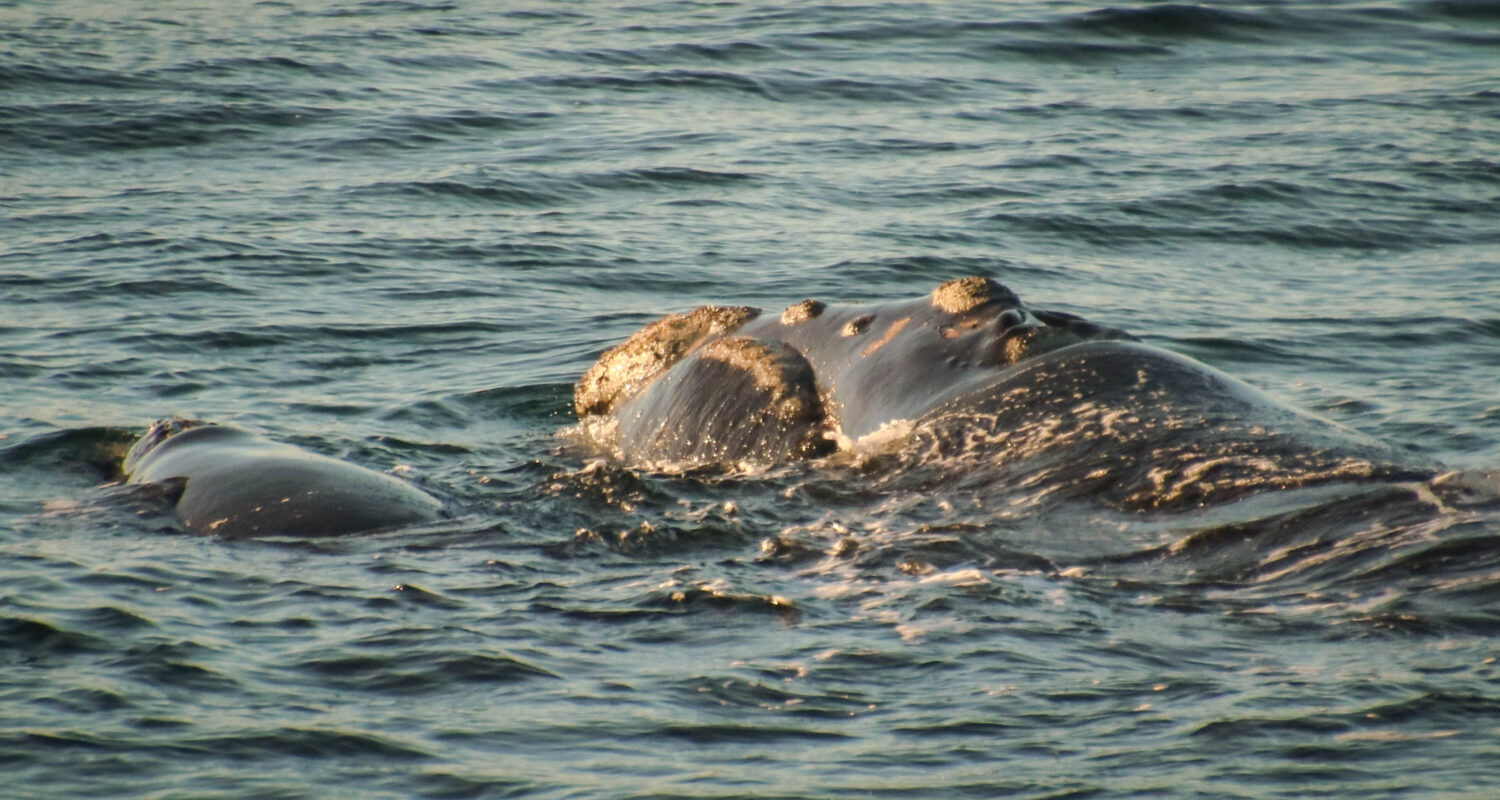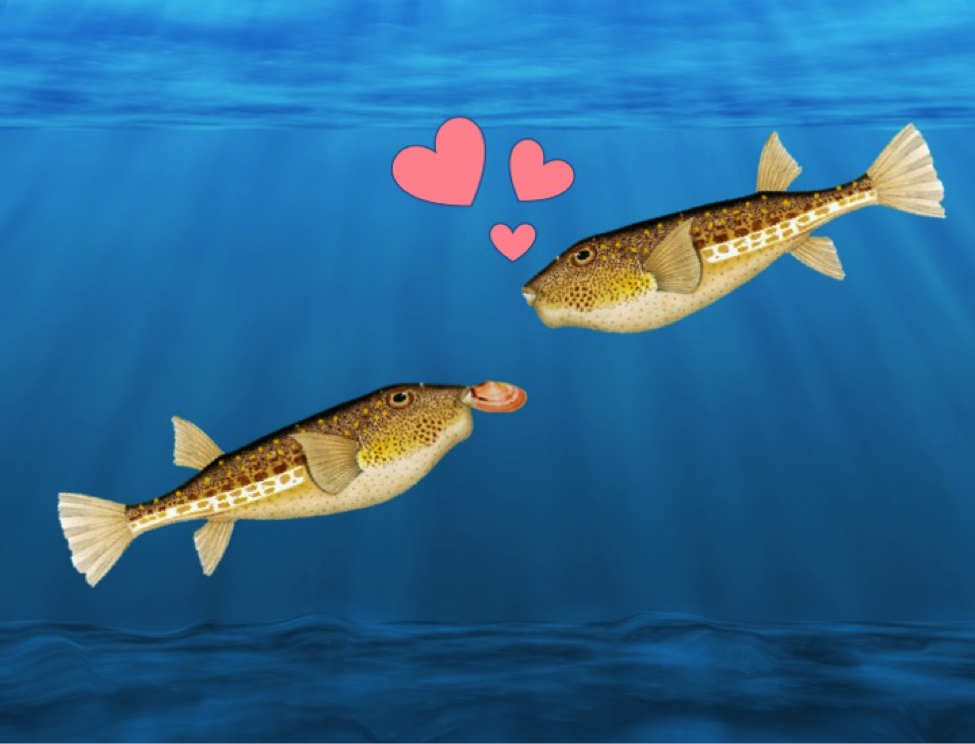D’Agostino, V.C., Nocera, A.C., Abernathy, K., Wilson, A.M., Coscarella, M.A. & M. Degrati. Foraging dives of southern right whales (Eubalaena australis) in relation to larger zooplankton size prey availability in Golfo Nuevo, Península Valdés, Argentina. Scientific Reports, 14, 14211 (2024). https://doi.org/10.1038/s41598-024-63879-y.
Studying marine mammals
Marine mammals, like whales, dolphins, and seals, are difficult to study. They spend a lot of time diving under the surface of the water hunting and breeding. Additionally, marine mammals travel long distances, often migrating during certain times of the year to escape unsuitable weather conditions. As a result, finding the preferred hunting and breeding grounds of many whale species can be a challenge. But technology has become better in recent years, with the invention of things like CRITTERCAMs, which are suction-cup-attached video-imaging cameras. These cameras are non-invasive and non-harmful ways to study marine mammals.
Southern Right Whales (Eubalaena australis), also known as SRWs, are a great example of the utility of CRITTERCAMs! This whale species travels between feeding sites and calving sites, which are locations where mothers give birth to their live young. Scientists have a general idea of the travel patterns and what SRWs do at each site, but they continue to study them more closely, because SRWs used to be endangered due to overhunting. Through conservation work and research, SRWs have been able to increase their population, and are now globally classified as “least concern” by the IUCN Red List, which keeps updated data on endangered species.
In a study published in 2023, scientists observed what they believed to be SRW feeding behaviors in Gulfo Nuevo, off the coast of Argentina, a location the team thought was only used for calving in the past. Previously, it was thought that calving and feeding locations were entirely separate, and the sites needed different types of protections– but that observation spurred the team to investigate whether what they saw by chance was a regular occurrence.
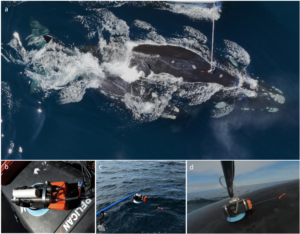
Feeding and calving together?!
The scientists studied the SRW feeding and focused on two specific aspects: the food availability and the diving behavior.
Food availability may explain how and why SRWs are hunting in this area. SRWs are a type of baleen whale, named so for their baleen – the flexible whalebone plate structure in their mouths used to filter feed. Their baleens pick up microscopic animals called zooplankton to eat, almost the same way a broom sweeps up dust off the floor.
The zooplankton in Gulfo Nuevo have never been studied. Zooplankton in other locations are known to travel vertically throughout the day – ascending to the surface at nightfall to feed, and then descending to the bottom layers when the sun rises to hide from predators (like SRWs). But, that daily migration hasn’t been confirmed in Golfo Nuevo. And, while SRWs are diving during the day, whether or not a more abundant bottom zooplankton is the reason for diving is the question this team is trying to answer.
To study the diving, the scientists attached CRITTERCAMs to the backs of SRWs, and analyzed the footage for depth, temperature, calf presence, and behavior. They also collected zooplankton from the bottom and subsurface to understand the difference in the zooplankton community.
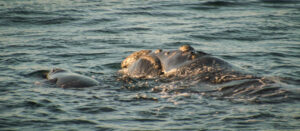
Diving for a good cause
This team confirmed the daily migration of zooplankton in Gulfo Nuevo. There are significantly more and larger zooplankton at the bottom than at the surface during the day. This led the scientists to conclude that female SRWs are taking risky and costly dives with their calves during the day for higher quality food when the zooplankton are concentrated at the bottom.
This study strengthens the importance of Gulfo Nuevo, not only as a birthing ground but also as a feeding ground for SRWs. Scientists have further reinforced the use of CRITTERCAMs to study marine mammal behavior, too. Finally, this work will help drive conservation efforts as scientists further understand the value not only of SRWs, but also the zooplankton they feed on! It is crucial to understand all parts of the life cycle of these charismatic marine mammals when continuing conservation of SRWs, their food, and their ecosystem.
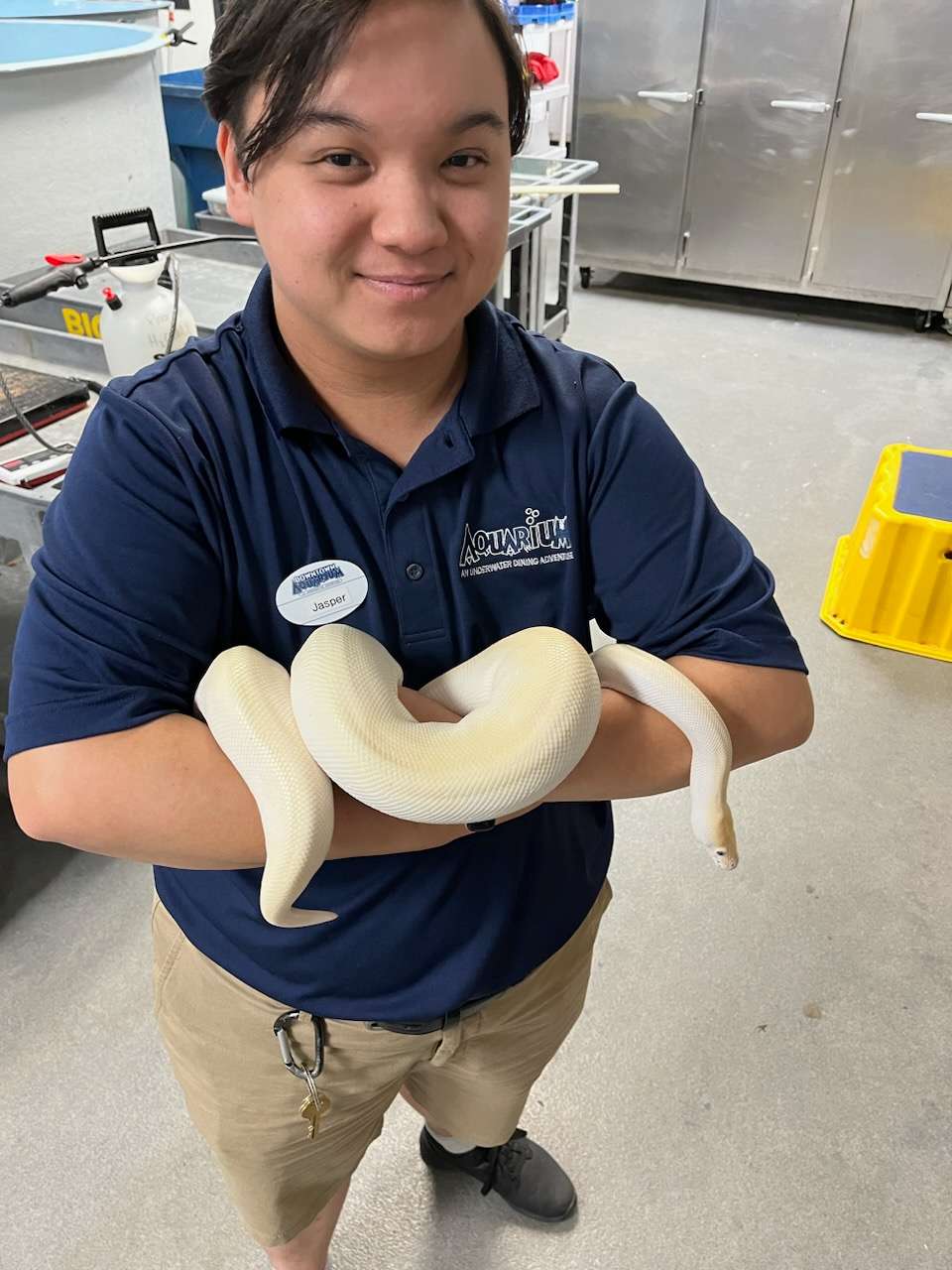
I am a PhD student in Biological Oceanography at the University of Rhode Island, Graduate School of Oceanography. I completed my M.Res in Ocean Science at the University of Southampton, and completed my B.S. in Biology at Florida State University. I study deep sea coral communities and hydrothermal vent communities, especially with a focus on how physical and geological variable drive organism distribution, diversity, and change over time. When I’m not focused on school, I work with reptiles, and spend a lot of time making art for my friends and family!

